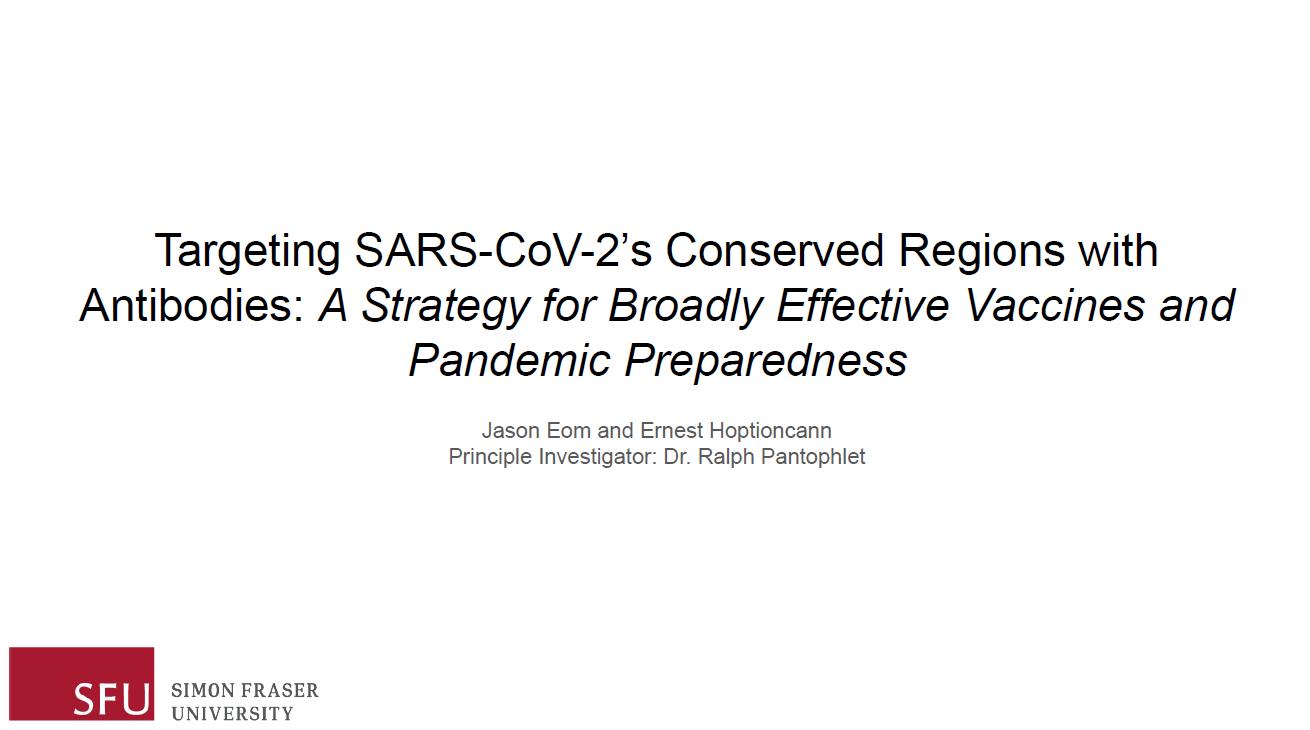Targeting SARS-CoV-2’s Conserved Regions with Antibodies: A Strategy for Broadly Effective Vaccines and Pandemic Preparedness
Main Article Content
Abstract
The global challenge posed by the COVID-19 pandemic has underscored the urgent need for broadly effective vaccine strategies, highlighting viruses like SARS-CoV-2 as formidable threats to society. One promising approach to overcoming this biological peril is the development of antibodies that target a conserved region of the SARS-CoV-2 spike protein, a structure which mediates virus entry into host cells. Our research focuses on the spike protein’s stem-helix region, a conserved or non-mutating area at the base of the S2 subunit that anchors the spike and is crucial for viral entry. To achieve this, we take samples from vaccinated or infected individuals and employ various techniques to isolate antibody producing cells, determined to manufacture antibodies specific to the stem-helix region. The antibody-encoding gene fragments, within these cells, will be used as blueprints to further characterize and produce these unique antibodies, providing insight into their neutralizing capability and utility for vaccine development. Unlike regions of the virus’ spike prone to rapid mutation, targeting this conserved region could enhance vaccine durability and efficacy against various strains, offering a sustainable solution to current and future pandemics. This strategy not only aims to provide broad protection against different variants of SARS-CoV-2 but also serves as a valuable tool in the ongoing battle against COVID-19 and in preparing for future pandemics caused by related viruses.
Article Details

This work is licensed under a Creative Commons Attribution-NonCommercial-NoDerivatives 4.0 International License.

